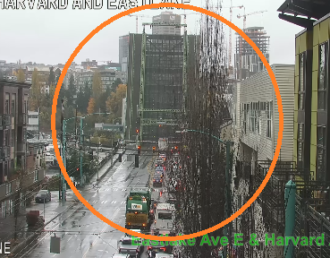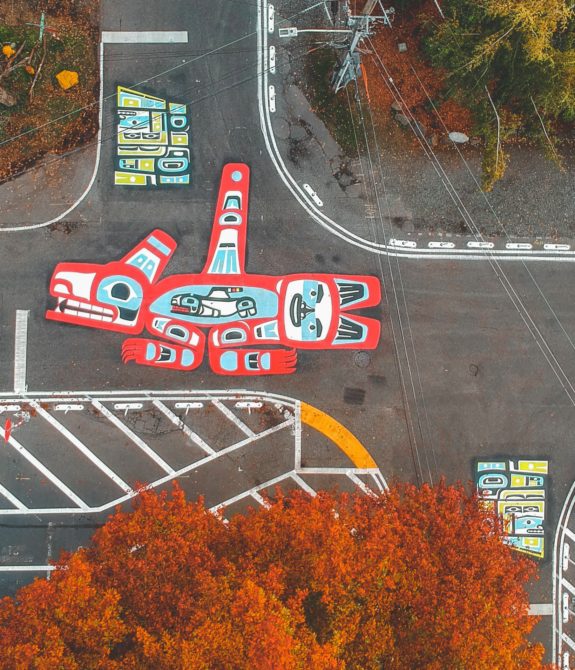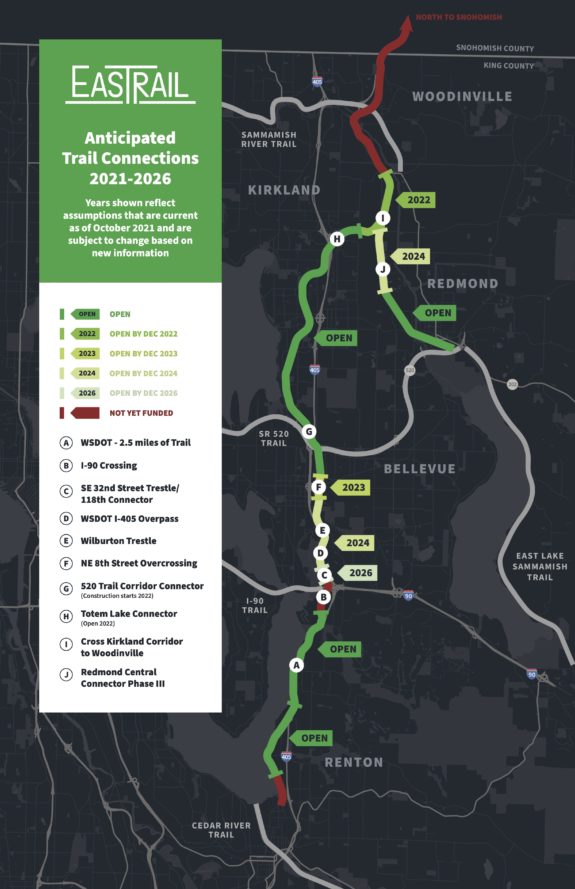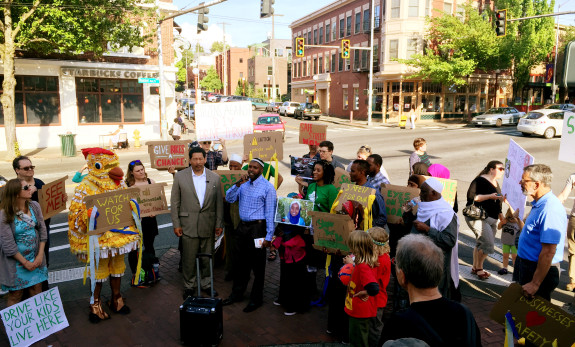The Missing Link appellants have won! But not really.
The Seattle Department of Transportation announced today that they are prepared to submit a significantly scaled-back version of their plans to complete the Missing Link of the Burke-Gilman Trail through Ballard. The trail connection remains, but many of the extra elements included with it have been cut. The result is a project that costs less, can be constructed faster, and should be small enough in scale to be exempt from the State Environmental Policy Act’s requirement for environmental review.
“Completing the Burke-Gilman Trail missing link is an important and too long delayed piece of safety infrastructure in Seattle,” said Mayor Jenny Durkan in a statement. “By redesigning the missing link we will finally be able to give the bike, walking and rolling community a safe route to enjoy the treasure that is the Burke-Gilman trail. After continued legal challenges, these next steps will bring us tangibly closer to finishing this crucial project.”
The design proposed in SDOT’s massive 2016 environmental impact statement was a full-scale remake of the entire corridor, complete with new traffic signals, a realigned railroad, and a lot of new pavement. Much of the cost of that design was from an effort to win over appealing businesses along the route through a community design process. Some of those businesses appealed the design even after the community process was complete, and they have successfully tied it up in court for years. Though the project’s latest court loss was completely unrelated to the trail design (more on that below), it would likely be impossible to complete that version of the trail before the 2024 expiration of the voter-approved Move Seattle Levy, which specifically earmarked funds to complete the Missing Link.
The new design will retain the safety benefits of the previous design, SDOT staff stressed during a call. But it won’t be as polished as the big-budget version. For example, the previous design would have paved a buffer space as wide as 5 feet for the entire length of Shilshole Avenue. The trail will still have three feet of buffer space separating it from general traffic. Many of the curb bulbs and other design elements that were planned to be fully constructed will instead be created with low-cost paint and posts.
Another major change is that because SDOT cannot move the railroad tracks, NW 45th Street will have to remain a one-way street. Originally, the design called for opening the roadway to two-way traffic plus a trail, but they cannot do so without moving the railroad tracks. So if anyone has a problem with this, they can file their concerns with the Ballard Terminal Railroad. Not moving the tracks has the added benefit of significantly reducing the scope and cost of the project. The trail will still be moved to the south side of the roadway as previously planned, and a new railroad crossing will be constructed west of the Ballard Bridge.
The last major change is that three planned traffic signals along Shilshole Ave NW have been removed from the design. Instead, the department will place an all-way stop at Shilshole and 17th Ave NW, which is a high-demand crossing for people accessing Ballard Ave. They will also install new crosswalks with rapid flashing beacons at NW Dock Pl and NW Vernon Pl. The signals previously planned were not warranted, SDOT said, but were included due to feedback from the community design process. They could always be added later in a different project.
So it won’t be as nice looking at the city wanted, but Ballard can thank the Appellant group for that. Their lawsuit successfully stopped the big budget version from going through before the levy ran out. SDOT really did try to deliver the full-build version. Instead, this version prioritizes the vital work of keeping people safe and connecting the city’s busiest biking and walking trail. People keep crashing on the Missing Link, and the injuries won’t stop until the city completes this project. We can’t wait any longer.
(CORRECTION: A previous version said SDOT will file a “Determination of Nonsignificance,” but that was an error. They will file for the environmental permits they need to begin work. Opponents will have opportunities to take legal action if they choose to.) This time, SDOT says they believe the project is too small to fall under the requirement for a full environmental review. If they are right, then they should be able to get through the courts easier and more quickly this time and begin construction in 2022 or 2023.
So let’s all hope they are right, because I am sick of these delays, and I’m sick of writing about this project. There’s so much more work to do in this city. We need to finish this one and move on.
Here is a look at the new project design details, from SDOT: (more…)
 For Seattle’s 12 Annual Cranksgiving, let’s ride bikes together.
For Seattle’s 12 Annual Cranksgiving, let’s ride bikes together.










